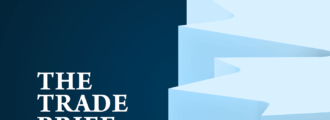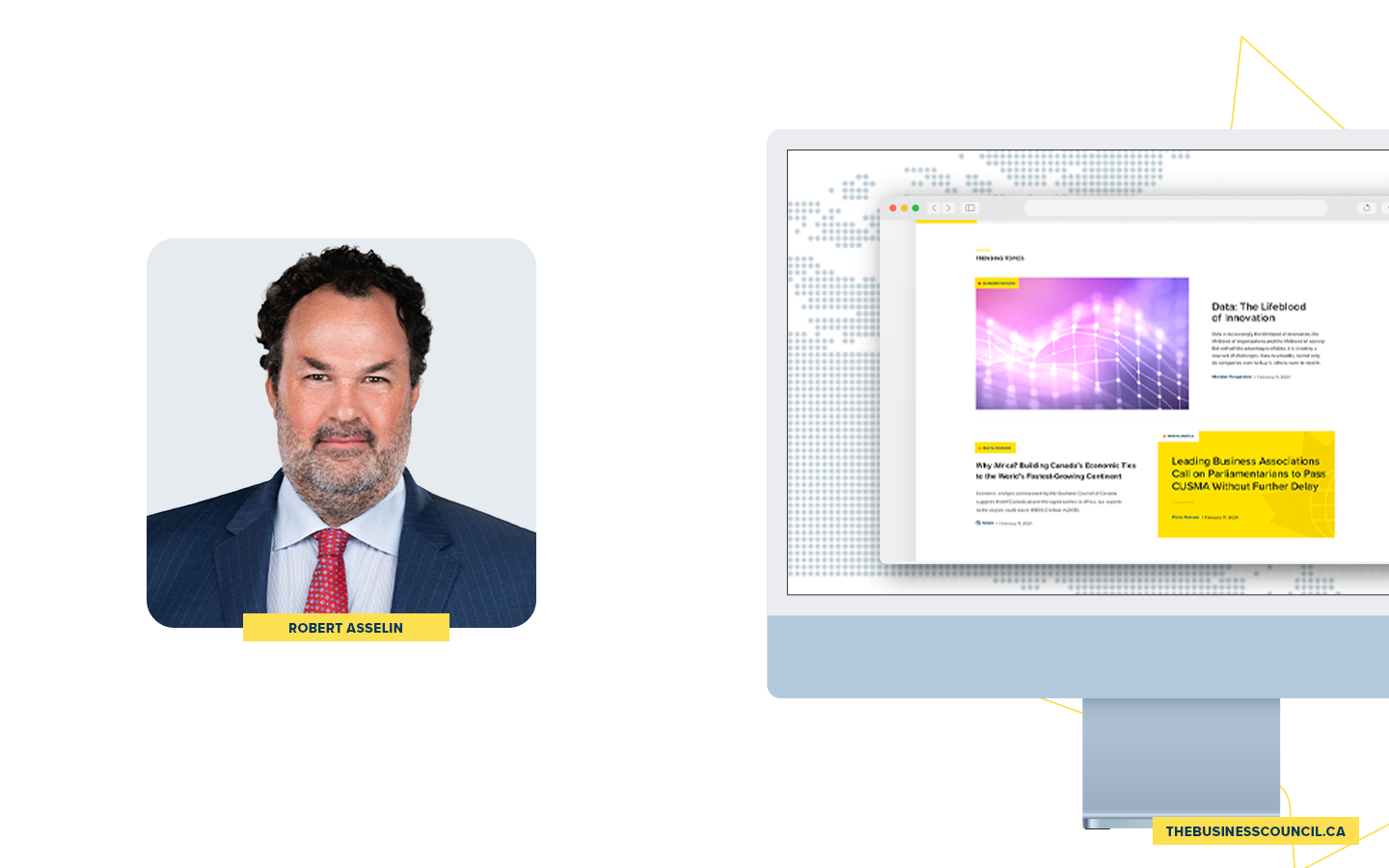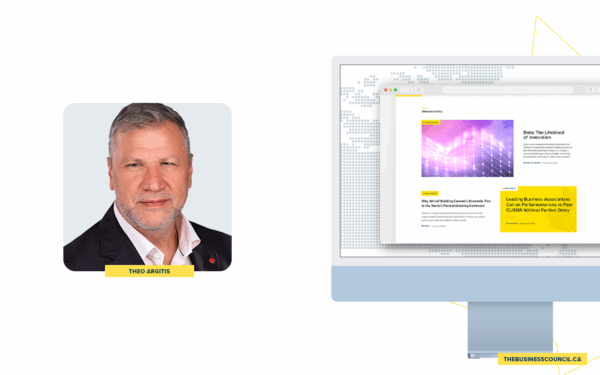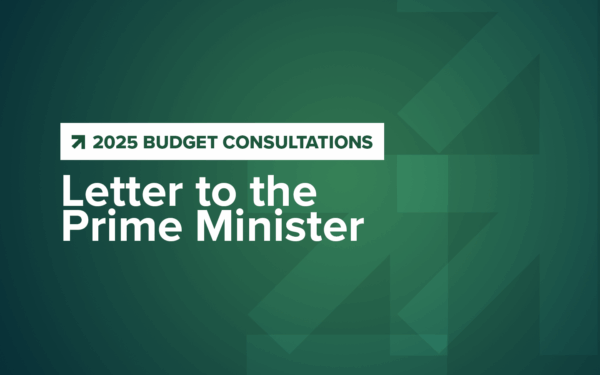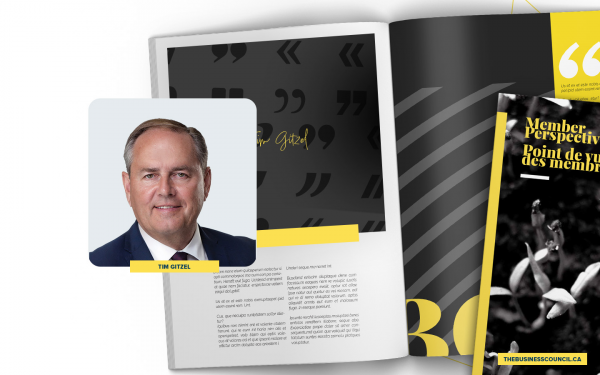Don’t become complacent about fiscal policy
As published by The Hub
If this week’s speech from the throne was a chance for the Trudeau government to reaffirm its priorities, the upcoming fall economic statement will serve as a test for some of the core economic and fiscal assumptions from April’s budget that underlay those priorities.
First, expect some changes to the bottom line for the current fiscal year 2021-2022. Higher oil prices will help on the revenue side. Less uptake on emergency programs for individuals and businesses will likely help on the spending side. Budget 2021 had projected 9.3 percent nominal GDP growth in 2021 and 6 percent in 2022. Scotiabank is now forecasting 12.4 percent nominal GDP growth for 2021 and 6.6 percent for 2022.
In addition, the government announced considerable pre-election spending that was not in April’s budget (what is commonly referred as “off-cycle spending”). These upside and downside developments since April will doubtless cumulatively affect Ottawa’s bottom line. The only question is by how much and in which direction.
Second, a 4.7 percent rise in inflation on a year-over-year basis in October (the largest gain since February 2003), up from 4.4 percent in September, wasn’t in the cards last spring. In its April monetary report, the Bank of Canada forecasted a 2.2 percent rise for Q4. This isn’t unique to Canada. In the U.S., inflation is running at 6 percent year-over-year. There is a robust debate over what is causing inflation and how long it will be with us. Supply chain bottlenecks are often blamed, but it is far to say that central bankers are in a bit of a bind. They will want to see the labour market improve significantly in the near term before raising rates.
The question is this: will fiscal and monetary policy work against each other? Much of the $140 billion stimulus committed in the last budget is still coming through and another $78 billion in incremental spending was promised in the last election. This is on top of significant liquidity sitting in Canadian chequing accounts. The bottom line is a short-term focus on boosting demand (more short-term government spending combined with record savings) will risk adding more persistent inflationary pressures.
Where does this leaves us?
Fiscal complacency is risky: Although money is still relatively cheap (10-year bond yields are below 2 percent, but considerably up from the low of 0.43 percent in August 2020) and markets aren’t overly concerned with the federal government’s fiscal position right now, there is a real risk of fiscal complacency. Economic and fiscal outlooks always look better down the road until they don’t. Nobody expected inflation to rise as quickly as it did. Inflation matters because it raises the costs of borrowing. Once you get over the 2.5 to 3 percent range it is another ballgame. If the pandemic has taught us anything, it’s that the next crisis is always looming. Few could have predicted the tragedy unfolding in British Columbia. Now is not the time to let our guards down.
Beware of increasing structural deficits: Looking at the non-related COVID-19 commitments made in the Liberal Party platform, it is hard not to conclude we are slowly but surely building a bigger structural deficit over time. One can always hope large deficits can be sustained either by higher GDP growth relative to debt financing (r<g) and/or by raising taxes, but it is a bit like rolling the dice and hoping for the best. Post-COVID-19, the Liberal platform commits to adding, on average, $15.6 billion in new spending every year for the next five years.
To be fair, some of the spending (R&D and infrastructure for example) will help on the growth side over time and $28 billion planned in new revenues will offset some of the new expenditures. But big picture, this means that program expenses relative to GDP would rise above 15 percent on a sustained basis for the foreseeable future, a ratio not seen since the 2008 financial crisis and the 1994-1995 budget. This also assumes no further spending increases in subsequent budgets, which is very unlikely.
The post-pandemic challenge will not be about boosting demand: Instead, it will mostly be about (re)-building the supply side of the economy — namely labour markets, the energy transition and innovation. The post-pandemic world will be one constrained mainly by supply. Just look to labour shortages and aging demographics. The retirement rate is about to explode, and the labour market is going through a tricky transition. Fast-rising sectors won’t generate adequate growth if skilled workers are hard to find. The energy transition won’t happen if we don’t significantly leverage science and technology and make huge innovation bets. Policy makers ought to use every tool in the toolbox to help build our long-term productive capacity.
We’re now in a different phase of the recovery, with various short-term risks but also big long-term questions. Fiscal policy needs to be calibrated accordingly and should be used wisely.
Latest Opinion
It’s okay for Ottawa to keep borrowing. But let’s not go overboard
October 22, 2025
The missing piece in Canada’s defence industrial strategy
October 6, 2025

